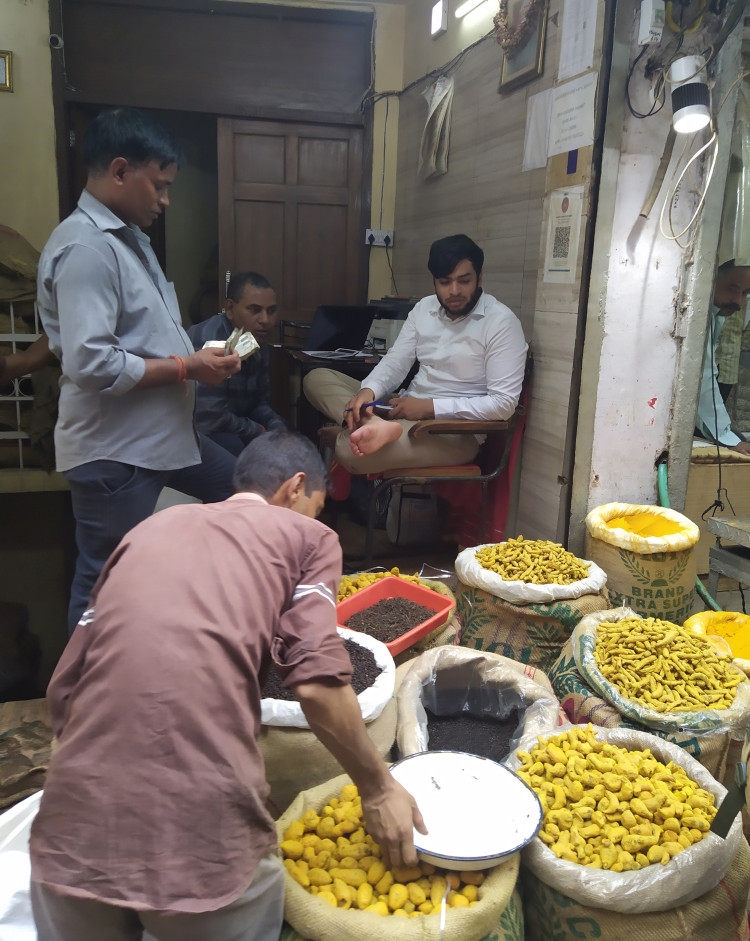
A wholesale spice market in India. Trade in dried culinary herbs and spices is important worldwide and these are some of the most widely irradiated products. Irradiation is applied to ensure that the commodity is free of food poisoning microbes (C. Blackburn FAO/IAEA)
The IAEA and the FAO assists countries to establish and expand food irradiation services, reducing food loss and waste. For instance, Viet Nam has secured lucrative fresh fruit exports to the USA and Australia, emphasizing the economic impact of employing food irradiation technologies. The development of soft-beam technology, capable of treating food at the surface or near-surface level, showcases a promising direction for enhancing food quality and safety, particularly for surface-sensitive products like whole shell eggs, raw cuts of meat and spices.
This technology enables countries to have unique products and market access to the USA, as well as tap into new foreign currencies, said Professor Suresh Pillai, Director of the National Center for Electron Beam Research at Texas A&M University. It also provides the USA population with access to fruits they will not have access to otherwise, he said.
Collaborative research initiatives, such as those conducted at Tsinghua University in China and Texas A&M University in the USA, are leading the way in optimizing irradiation processes and developing novel applications for food safety. These efforts highlight the potential of machine source irradiation to transform the food industry, ensuring higher standards of cleanliness and extending the global reach of safe, high-quality food products. At the same time, it minimizes food loss, prevents foodborne illnesses, and facilitates international trade in food commodities, through coordinated research efforts, and implementation of innovative irradiation techniques.
The IAEA and the FAO aim to strengthen Member States’ national capacities in applying irradiation for food safety and quality as well as to phytosanitary security. The two organizations also work closely with the International Plant Protection Convention (IPPC) and the Codex Alimentarius Commission to harmonize worldwide irradiation standards.
The IAEA and FAO launched a flagship Atoms4Food Initiative last year to expand the use of innovative nuclear techniques to enhance agricultural productivity, reduce food losses, ensure food safety, improve nutrition, and adapt to the challenges of climate change.











